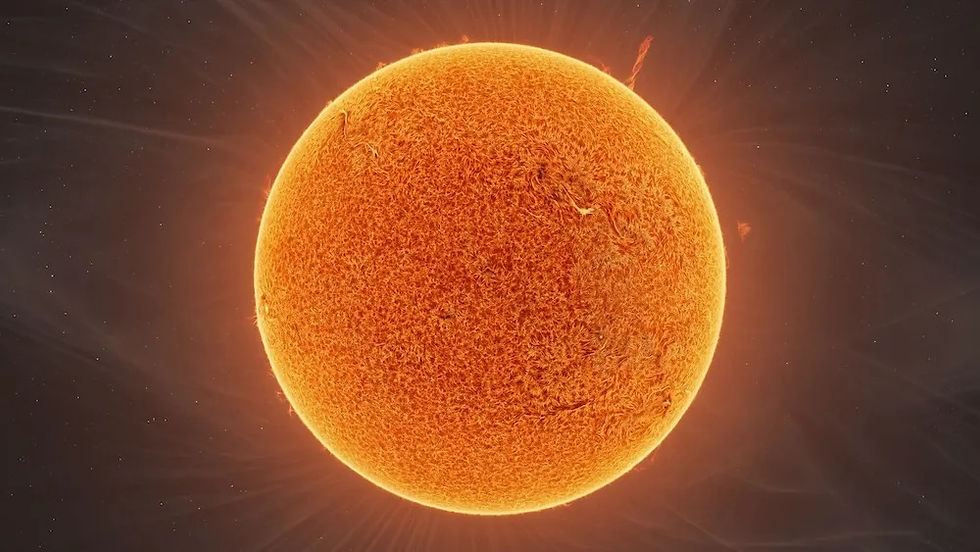The Arrow of Time: Why Does Time Only Move Forward?
- Max Nguyen
- Apr 8
- 2 min read

Break a glass, and you’re left with shards. Let it sit there for eternity, and those shards will never reassemble themselves into a perfect wine glass. This everyday asymmetry is at the heart of one of physics’ most profound mysteries: the arrow of time. Why does time flow in only one direction - from past to future - when the fundamental laws of physics don’t seem to prefer either?
At the microscopic level, the equations that govern particles, whether from Newton, Maxwell, Schrödinger, or Einstein, are time-reversible. In theory, a perfectly recorded particle interaction could run backward and still make physical sense. But when we zoom out to the macroscopic world we actually live in, things clearly unfold one way. The reason most physicists point to is entropy, a measure of disorder. According to the second law of thermodynamics, in a closed system, entropy tends to increase over time. In other words, systems naturally evolve from order to disorder...not the other way around.
But this explanation just pushes the mystery back a step: why did the universe start in such a low-entropy, highly ordered state in the first place? That’s still an open question, and one that blends physics with cosmology, touching on the Big Bang and possibly even quantum gravity. Some theories suggest that the arrow of time may emerge from the expansion of the universe itself, while others speculate that time’s direction is a kind of statistical illusion.
The arrow of time may seem simple (after all, we live by it every second), but it opens up deep questions about the nature of reality, causality, and why the universe behaves the way it does.



Comments